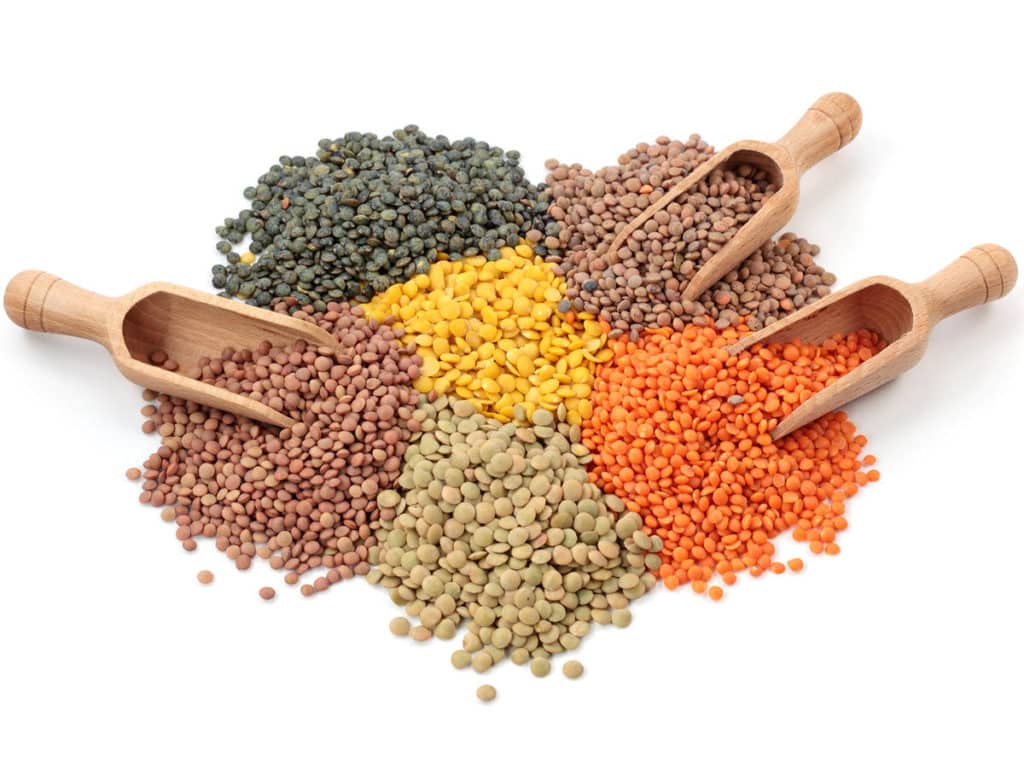
High in protein and fiber and relatively inexpensive compared to meat, pulses are gaining favor among global consumers. And because of their natural soil-enhancing and greenhouse gas-absorbing properties, pulses also rank high among crops from a sustainability standpoint.
In a recent report, Rabobank identified pulses as a crop that “creates opportunities for new and existing market players.” Some of the world’s largest agribusiness companies agree with that assessment.
US-based Columbia Grain International (CGI) has been a major originator and supplier of pulses for the global market for many years. CGI has invested heavily in the pulse sector, and it continues to expand its processing capacity in the northern United States. With analysts predicting a steady rise in demand for pulse products into the next decade, other major US-based companies, such as ADM, Cargill and Bunge, also have expanded their presence in the sector.
The latest company to add pulses to its portfolio is Netherlands-based Louis Dreyfus Co. (LDC), which announced in late August that it has created a business unit dedicated to pulse commercialization. Michael Gelchie, chief executive officer of LDC, said pulses “present geographic and operational synergies with LDC’s existing business activities and, as such, have the potential to contribute significantly to earnings.”
“The decision to establish this new business unit is fully aligned with our strategy to meet evolving nutritional and sustainability expectations for customers, reflected in both global production and demand growth,” he said.
Gelchie said LDC already has a presence in key pulse production hubs such as Australia, Canada and East Africa, as well as major consumption markets such as India, China and the Middle East.
The Rabobank report pointed out that new market players are emerging. On the export side, Russia and Argentina have upped shipments in recent years. Turkey has become a central hub for first-degree processing and distribution of pulses in the Middle East and North Africa, and Egypt is now the world’s largest fava bean importer.
The International Grains Council (IGC) estimates global pulse production will reach 100 million tonnes in 2024, up 30% from 2015, mirroring the increase in pulse trade during that 10-year span. The IGC projects trade to reach 21 million tonnes this year.
Over the years, there has been some debate about whether pulses, which include peas, lentils, fava beans, etc., should be classified as grains. With pulse output and trade trending higher, the IGC weighed in on the debate in 2021, extending its definition of grains to include pulses and thus expanding its market information for the crop.
Despite the many positive trends, pulses must clear a few more hurdles to move out of the “niche” classification and be recognized as a mainstream grain. Vito Martelli, author of the Rabobank report, noted that pulses are not yet considered commodities and there are still barriers to entering the industry.
“Prices are volatile and there is a lack of transparency in the price discovery process,” he said. “In addition, there are few sources of data to provide market insights at the global level.”
But those obstacles can and probably will be overcome, giving pulses an incredibly bright future.
